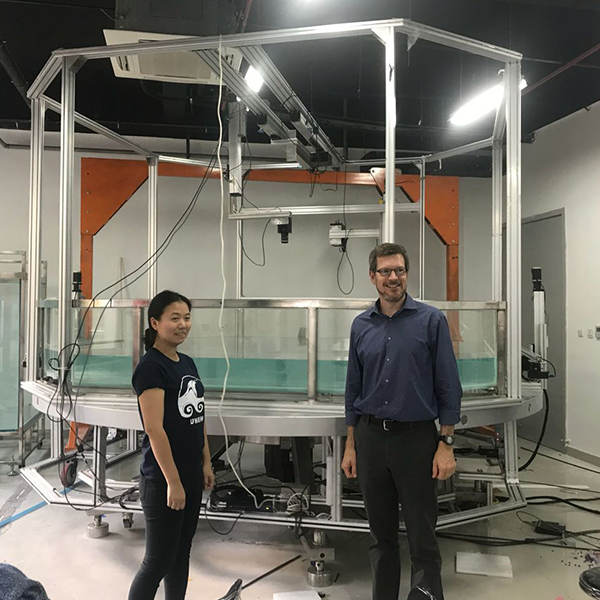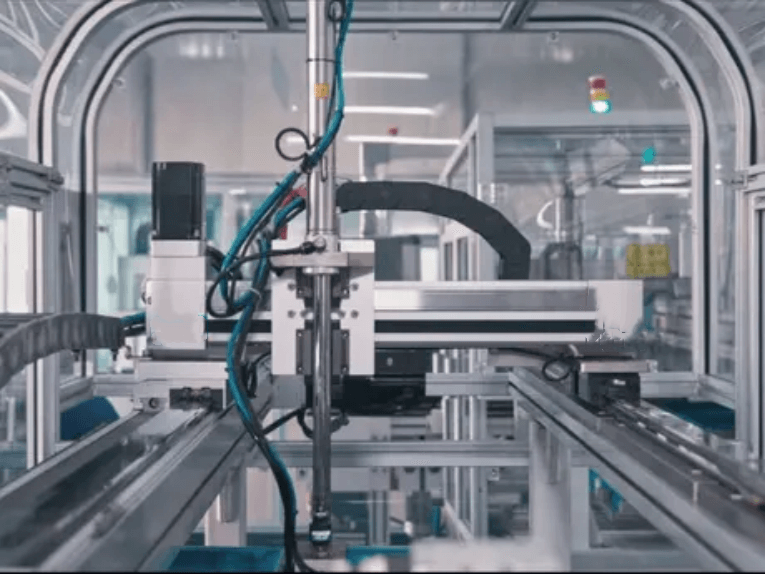Linear Motors
These motors generate force directly along a linear path, using electromagnetic fields instead of mechanical contact.
1. Ironless Linear Motor
The ironless linear motor is built for applications where ultra-smooth, cog-free motion is a must. With no iron in the moving coil, this motor type eliminates magnetic attraction between the coil and stator, offering virtually zero cogging force and ultra-low inertia.
Key Benefits:
Ultra-precise movement, even at low speeds
No magnetic pull = longer bearing life and reduced vibration
Ideal for cleanrooms, semiconductor, laser cutting, and optical systems
When only perfection in motion is acceptable, ironless is the weapon of choice.
2. Ironcore Linear Motor
Need more thrust? Enter the ironcore linear motor. Built with an iron lamination core, this variant delivers higher continuous and peak forces ideal for moving heavy loads at high speeds. While it does produce some cogging, today’s motion controllers can effectively compensate for it.
Best suited for:
Large-format automation systems
High-speed industrial packaging
Automotive manufacturing
If you want muscle with precision, the ironcore motor brings both to the table.
Advantages & Common Applications of Linear Motors
Direct-drive motion: No mechanical linkages = fewer points of failure
Minimal maintenance: No belts, screws, or lubrication required
High-speed, high-accuracy: Critical for industries like semiconductors, medtech, and electronics
Compact design: Shrinks machine footprint while enhancing throughput
Indirect Linear Motion Drives
For many industries, these systems translate rotary motion (from a motor) into linear movement using mechanical elements.
1. Ball Screw & Lead Screw Systems
These are the workhorses of traditional linear motion. Ball screws use recirculating ball bearings to minimize friction, while lead screws offer simplicity and cost-efficiency.
Ball Screw Benefits:
High positioning accuracy
Efficient power transmission
Suitable for CNC machines, 3D printers, and machine tools
Lead Screw Advantages:
Lower cost
Self-locking (no back-drive)
Great for vertical applications or low-duty cycles
If your project calls for precision without complexity, ball and lead screws remain reliable, proven choices.
2. Belt-Driven Actuators
These systems use a toothed belt and pulley mechanism to deliver fast, repeatable motion over spans of several meters.
Ideal for:
Conveyor systems
Light pick-and-place operations
Packaging and material handling
Strengths:
High speed and low noise
Cost-effective over long strokes
Easy maintenance and modular design
3. Rack and Pinion Systems
For applications requiring high torque linear motor and rugged reliability, rack and pinion drives provide the force. This mechanism involves a gear (pinion) engaging with a linear gear track (rack), converting rotary motion into powerful linear displacement.
Where it shines:
Heavy-duty automation
Large-scale industrial machines
Environments with harsh operating conditions
Post time: Oct-27-2025









